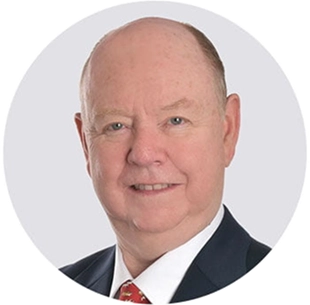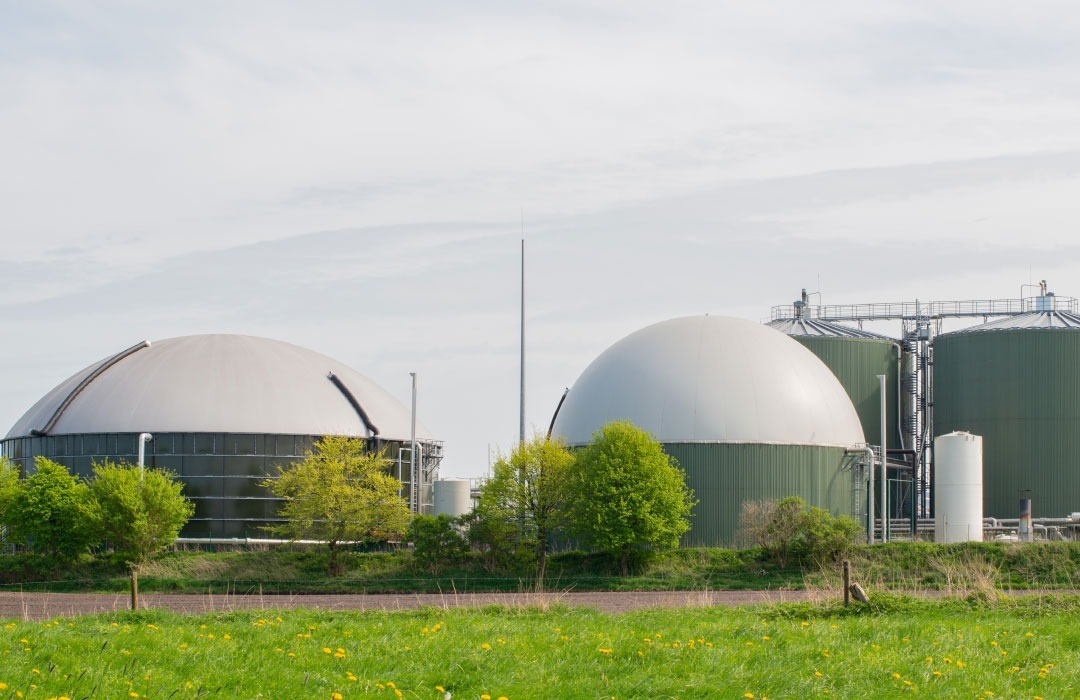In the high-stakes world of capital raising, clarity is currency. Whether you’re a startup founder, a renewable energy developer, or a mining entrepreneur, your ability to present a coherent, consistent, and compelling story across all fundraising documents can make or break investor confidence. This is where information traceability becomes not just important—but essential.
Traceability ensures that every figure, forecast, and fact in your teaser, pitch deck, financial model, and information memorandum (IM) aligns seamlessly. It’s the invisible thread that ties your narrative together, helping investors trust your numbers, your strategy, and ultimately—you.
Why information consistency matters in fundraising
Imagine reading a teaser that promises a 40% IRR, only to find a 28% IRR in the financial model. Or a pitch deck that highlights a Series A round, while the IM discusses a bridge loan. These inconsistencies aren’t just confusing—they’re credibility killers.
Consistency across documents signals professionalism, attention to detail, and strategic clarity. It shows that your team is aligned internally and ready for external scrutiny.
The investor’s perspective: credibility and trust
Investors are inundated with opportunities. What sets your project apart isn’t just the potential upside—it’s how clearly and credibly you communicate it. When documents contradict each other, red flags go up. When they align, confidence builds.
Traceability allows investors to follow the logic of your business case from teaser to term sheet. It reduces friction, accelerates decision-making, and fosters trust.
Risk of misalignment: confusion, delays, and red flags
Misaligned documents can lead to:
- Confusion: Investors may question which version is accurate.
- Delays: Clarifications take time and slow down due diligence.
- Red flags: Inconsistencies may be interpreted as incompetence—or worse, deception.
In short, poor traceability can cost you the deal.
Understanding each key fundraising document
What is an Information Memorandum (IM)?
The IM is your comprehensive business case. It includes your market analysis, business model, team bios, financials, and risk factors. It’s the document investors use to conduct deep due diligence.
What is a Financial Model and what role does it play?
The financial model translates your strategy into numbers. It forecasts revenue, expenses, cash flow, and valuation. It must be robust, transparent, and aligned with the assumptions in your IM and pitch deck.
What is a Pitch Deck and how is it used?
The pitch deck is your visual elevator pitch. It’s used in meetings and presentations to quickly convey your value proposition, traction, and funding ask. It should echo the IM and financial model—not contradict them.
What is a Teaser and when is it shared?
The teaser is a one-page summary used to spark investor interest. It’s often the first impression you make, so it must be accurate and aligned with the deeper materials that follow.
Understanding the Role of the Information Memorandum
To boost your understanding of fundraising documents, explore the importance of the information memorandum. Learn how it forms the bedrock of investor trust and strategic clarity.
Common gaps and inconsistencies across documents
- Different revenue projections across the pitch deck and financial model
- Varying descriptions of the funding round (e.g., Series A vs. bridge)
- Inconsistent team bios or cap tables
- Mismatched use of KPIs or market sizing data
These gaps often arise when documents are created in silos or updated independently. That’s why traceability—and a centralized version control process—is so critical.
Best practices for ensuring traceability across materials
- Centralize your data: Use a single source of truth for all financial and strategic inputs.
- Version control: Track changes and ensure all documents are updated simultaneously.
- Cross-check regularly: Review all materials together before sharing with investors.
- Use templates: Standardized formats reduce the risk of omission or inconsistency.
- Engage experts: Fundraising consultants like Projects RH can help align your narrative and numbers.
How traceability impacts investor confidence and deal velocity
Faster due diligence and fewer clarifications
When documents are aligned, investors can move quickly. They spend less time asking questions and more time evaluating your opportunity.
Enhanced perception of professionalism and preparedness
Consistency signals that you’re organized, detail-oriented, and ready for institutional capital. It sets the tone for a productive investor relationship.
Increased likelihood of investor engagement and funding
Ultimately, traceability increases your chances of securing funding. It removes friction, builds trust, and helps investors say “yes” faster.
How fundraising consultants help ensure document alignment
Role of financial and investment communication experts
At Projects RH, we specialize in aligning your fundraising materials. From crafting compelling IMs to refining your pitch deck, we ensure every document tells the same story—clearly and credibly.
Tools and processes used for alignment
We use a combination of financial modeling tools, document templates, and collaborative workflows to maintain consistency. Our team works closely with clients to ensure that every figure and phrase is traceable across all materials.
Real-world example of improved investor traction
Projects RH provides strategic fundraising and investment consulting across sectors including energy, mining, biotechnology, fintech, maritime, manufacturing, and digital innovation, with a strong focus on sustainability, infrastructure, and emerging technologies. We’ve helped clients secure funding by preparing investor-ready materials that align across all touchpoints—from teaser to term sheet. Our tailored strategies and global expertise have led to faster closings and stronger investor relationships.
Frequently Asked Questions (FAQ)
How often should I update my pitch deck and IM?
Update them every time there’s a material change in your business—new traction, revised forecasts, or a shift in strategy.
Can I use the same metrics across all documents?
Yes—and you should. Consistent KPIs and assumptions are essential for credibility.
What tools ensure version control and traceability?
Use cloud-based platforms like Google Drive, Notion, or specialized fundraising CRMs. At Projects RH, we also use proprietary templates and workflows to manage this process efficiently.




